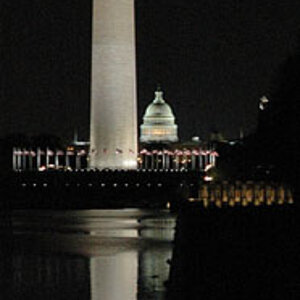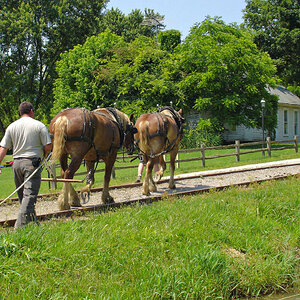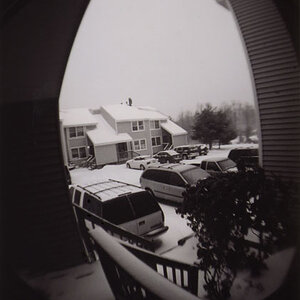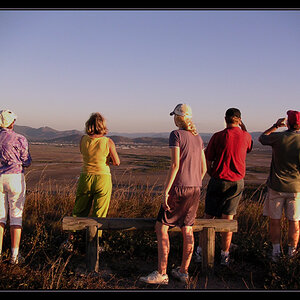DiskoJoe
Been spending a lot of time on here!
- Joined
- Mar 24, 2011
- Messages
- 4,540
- Reaction score
- 528
- Location
- Houston
- Can others edit my Photos
- Photos NOT OK to edit
$40
MAMIYA SEKOR 1000TL 1000 TL 55MM 1.8 WITH CASE AND FLASH SHOE. | eBay
I know you said you cant buy anything on ebay, but can the kids? Then if everyone gets a film camera you just have to buy film for the class which is not too expensive in bulk.
MAMIYA SEKOR 1000TL 1000 TL 55MM 1.8 WITH CASE AND FLASH SHOE. | eBay
I know you said you cant buy anything on ebay, but can the kids? Then if everyone gets a film camera you just have to buy film for the class which is not too expensive in bulk.
As an eBay Associate we earn from qualifying purchases.



![[No title]](/data/xfmg/thumbnail/37/37604-7ad625e983f92f880eb65a264eeef5e4.jpg?1619738148)



![[No title]](/data/xfmg/thumbnail/41/41765-153b10bab62ae8adbcc4d984fd08ed74.jpg?1619739885)



![[No title]](/data/xfmg/thumbnail/39/39185-29433e4f46e4b0bd394d10962886594c.jpg?1619738904)

